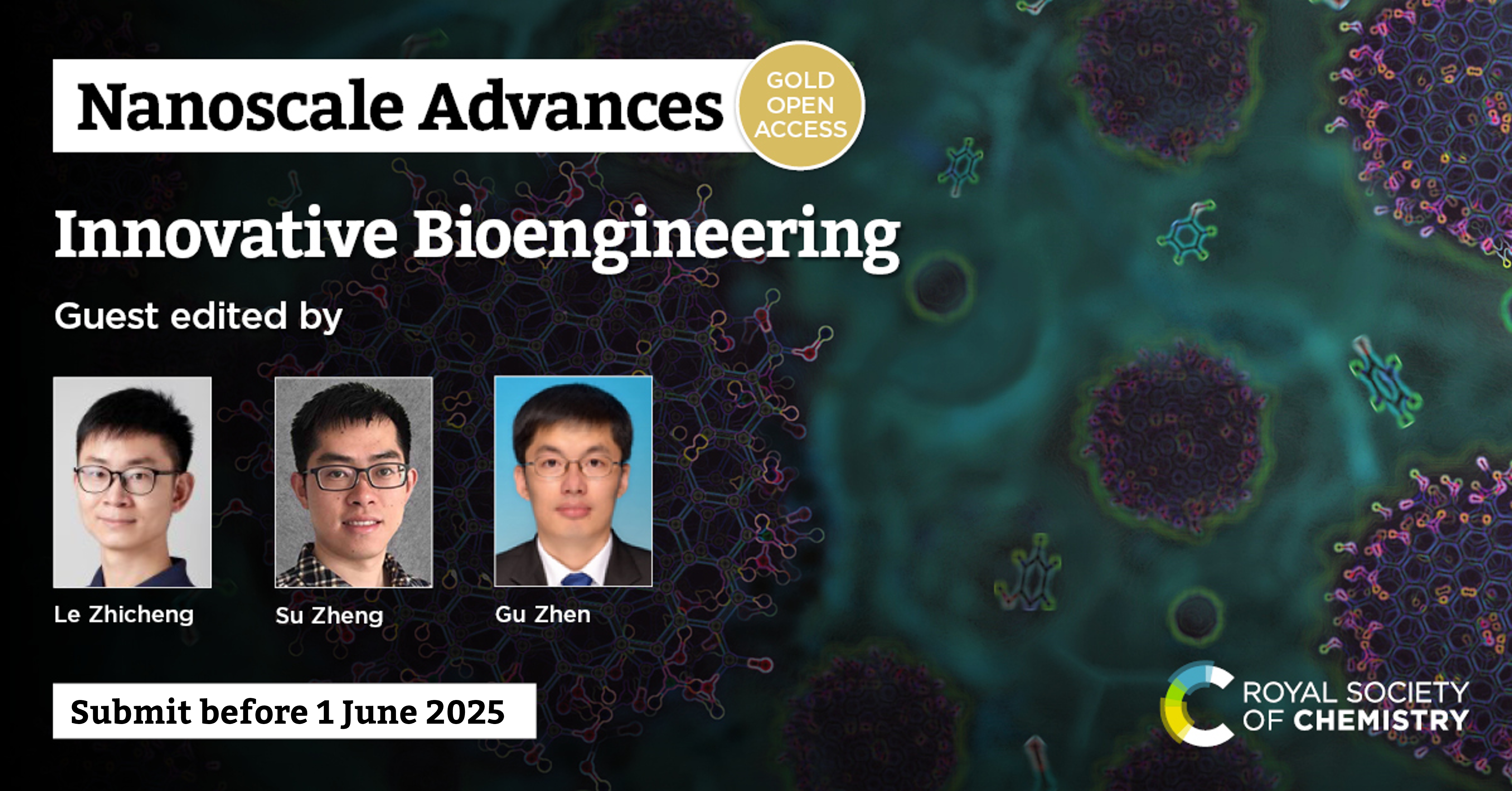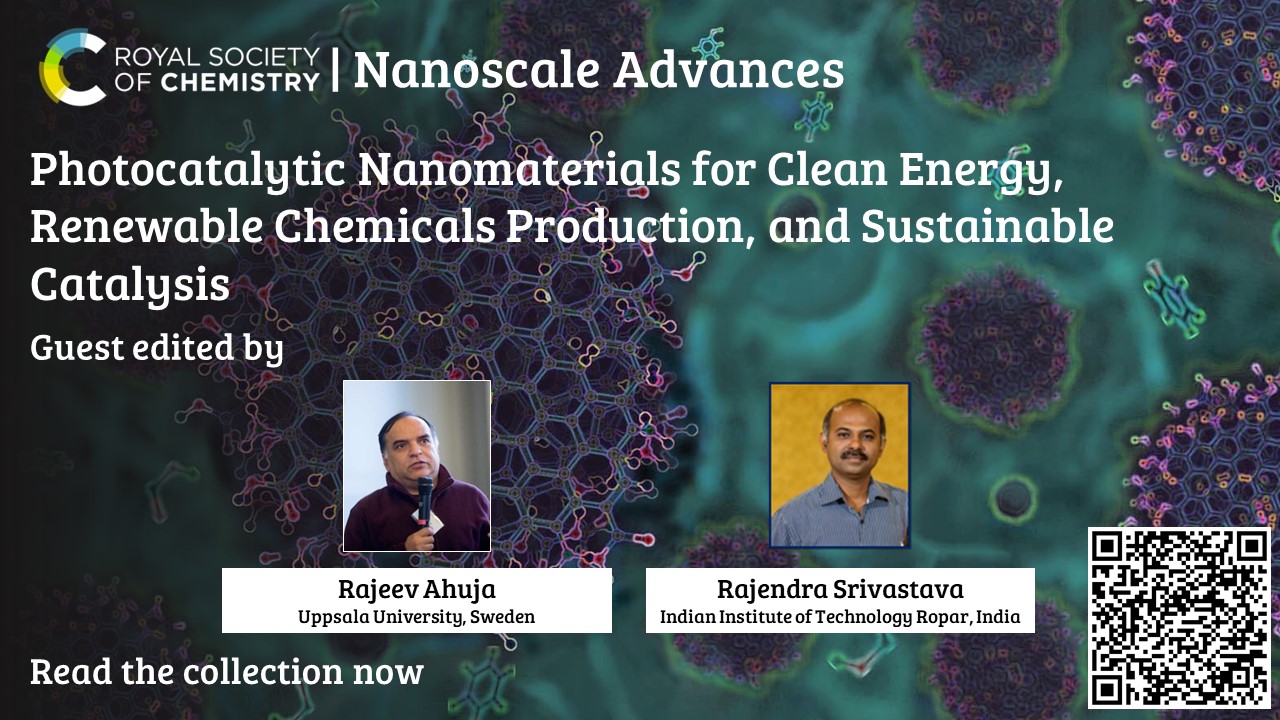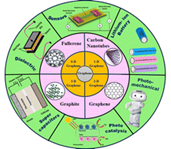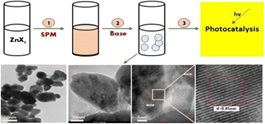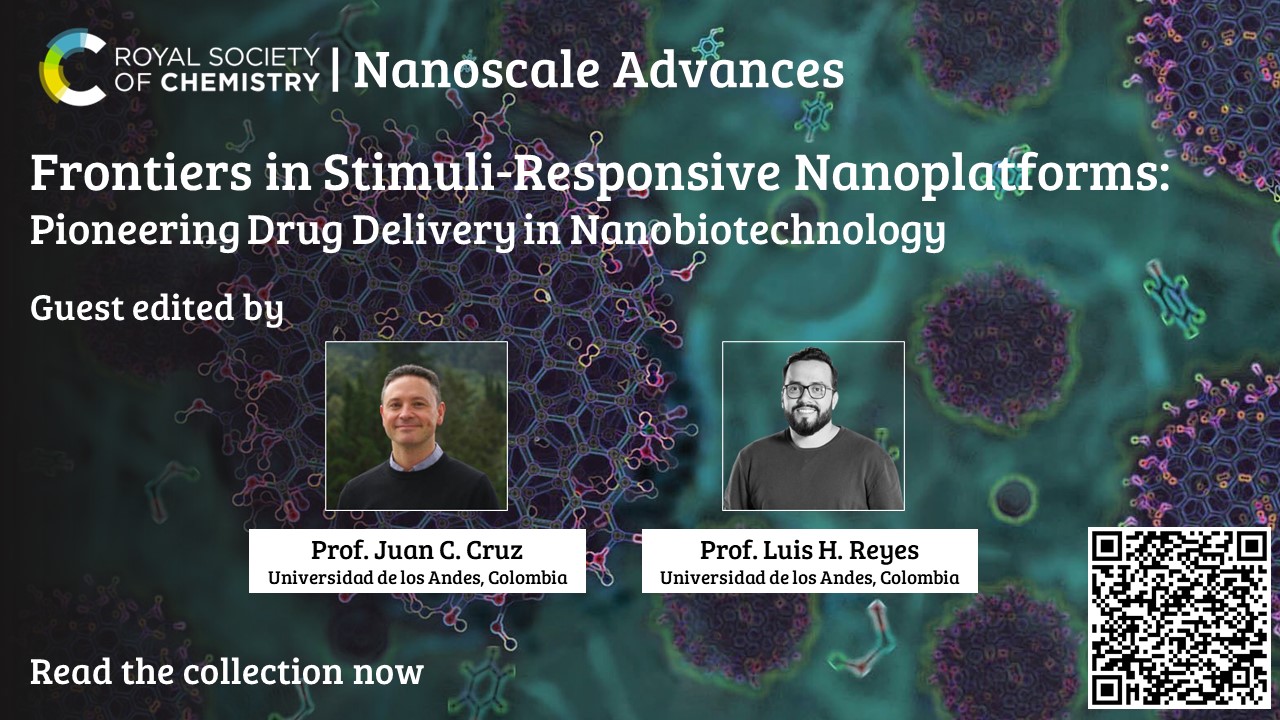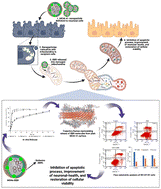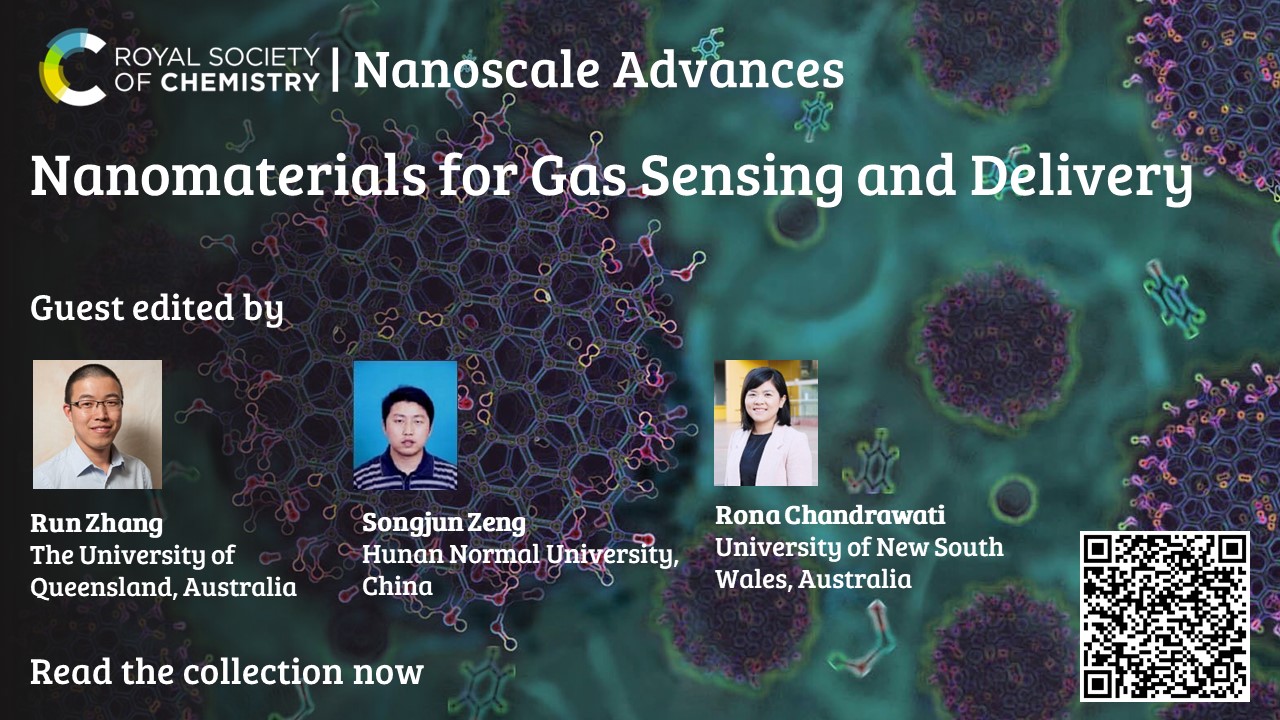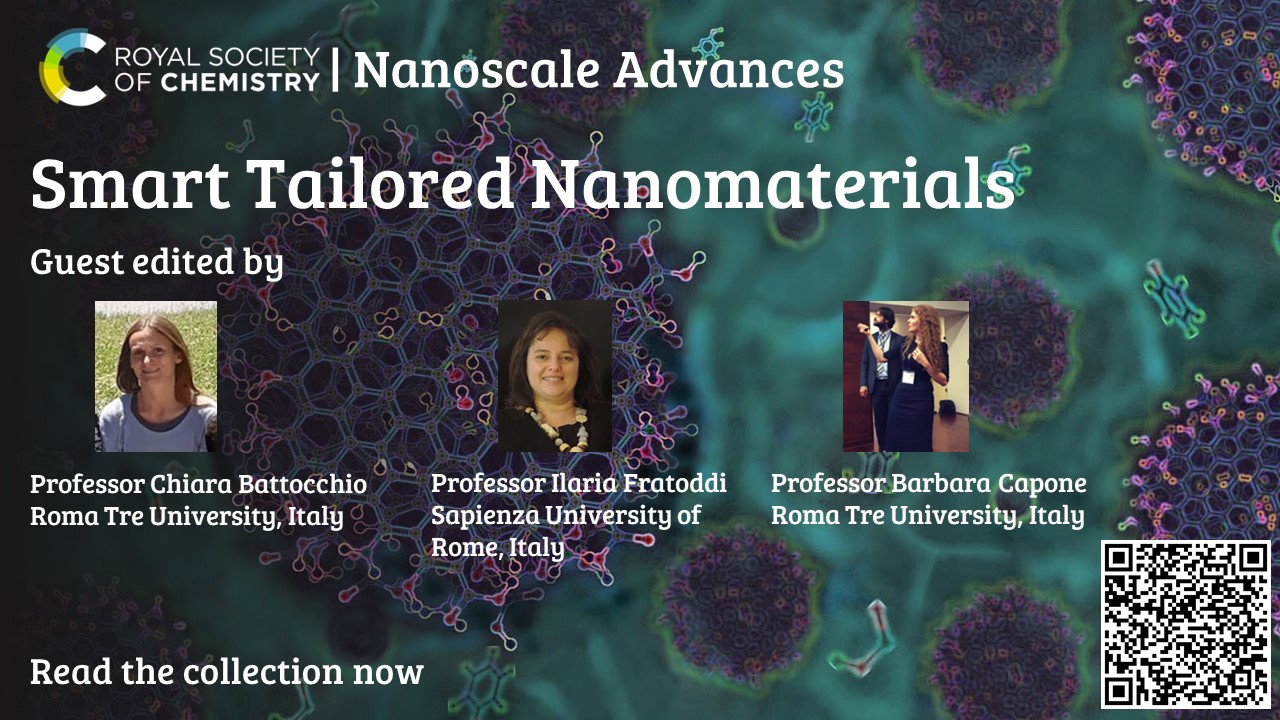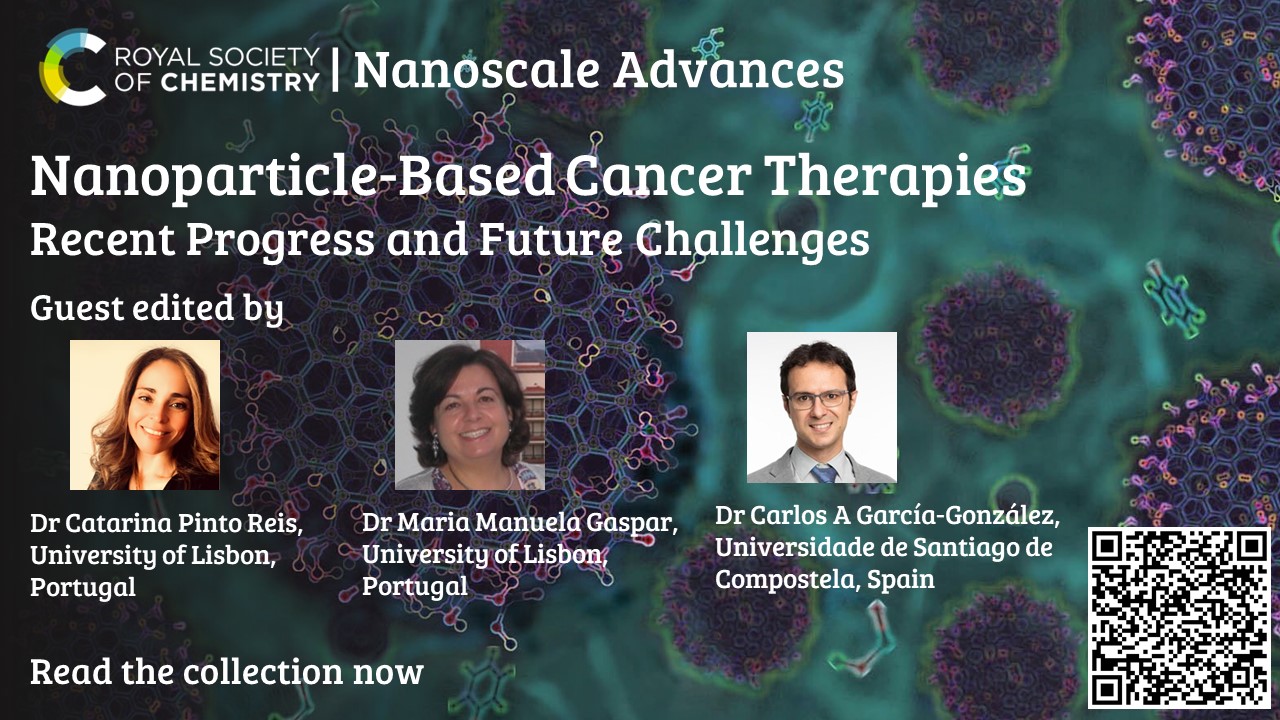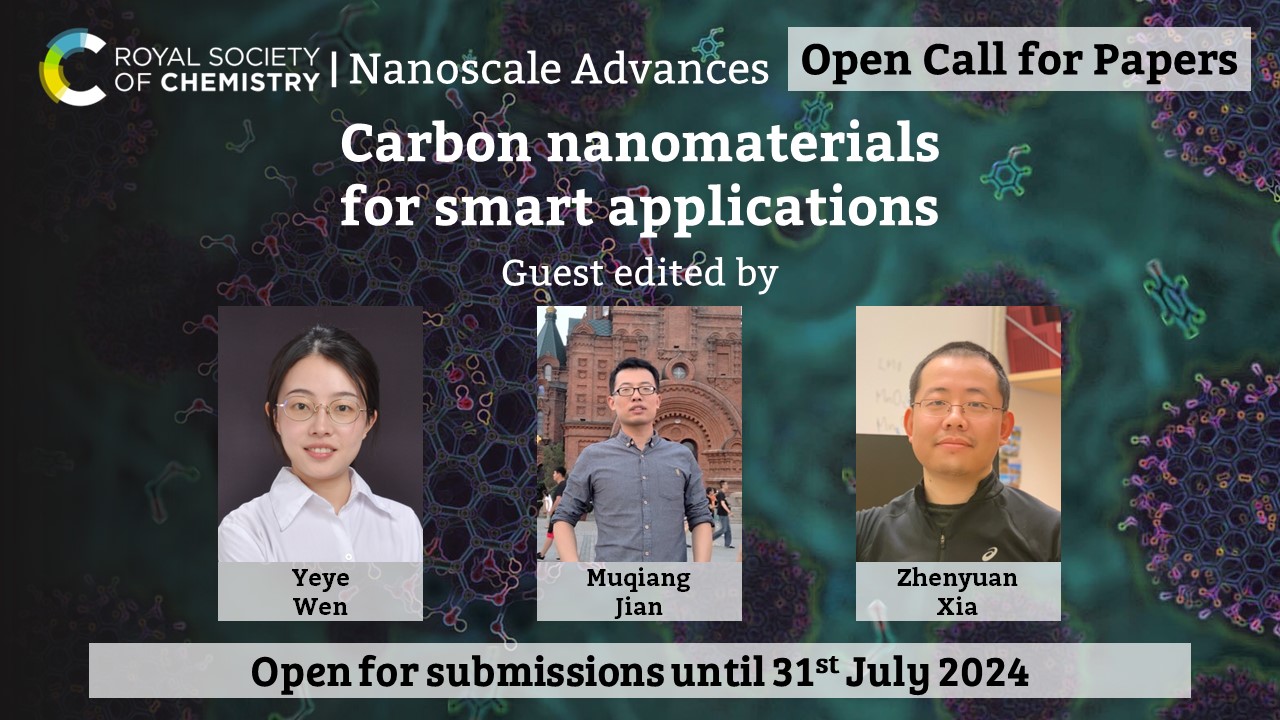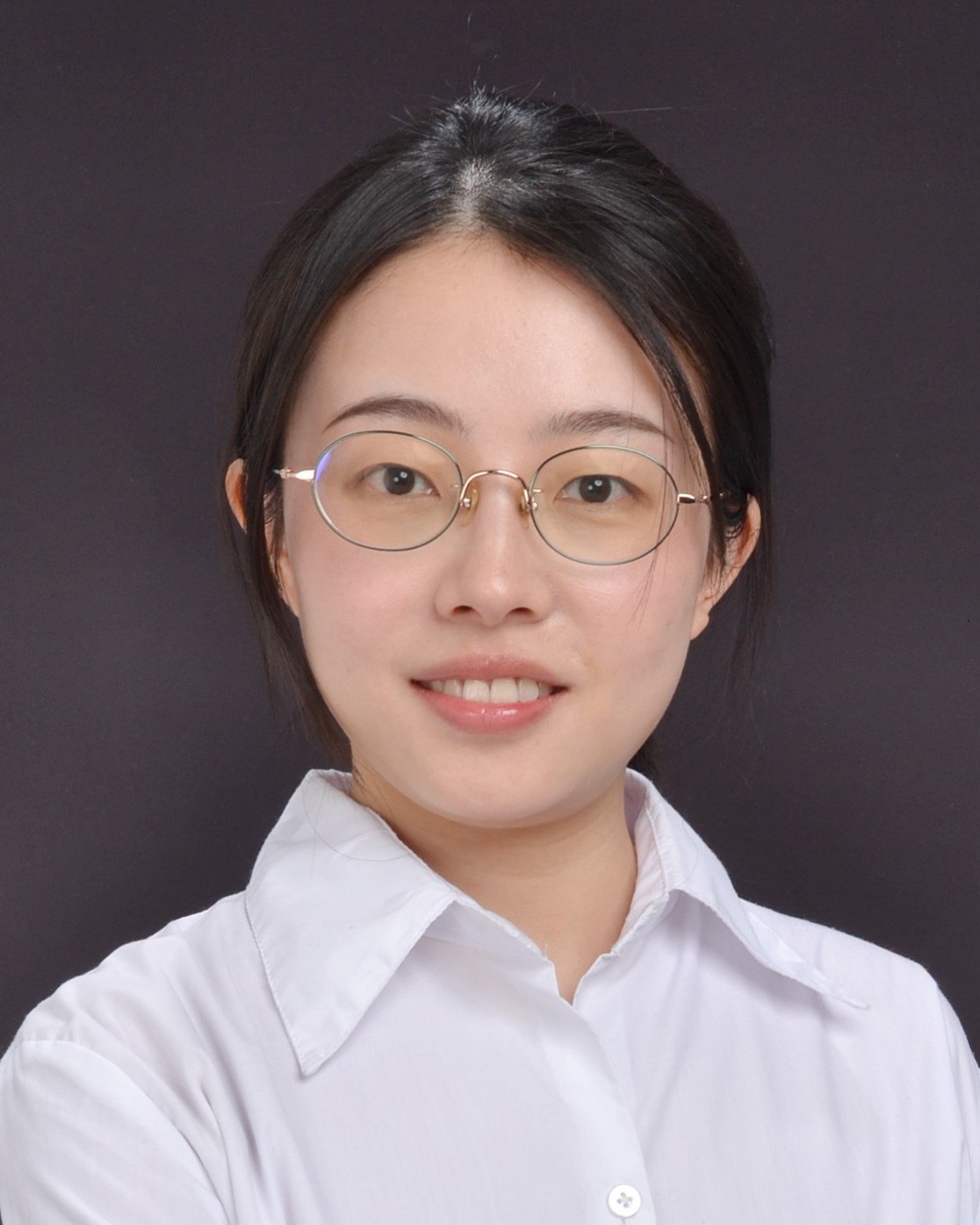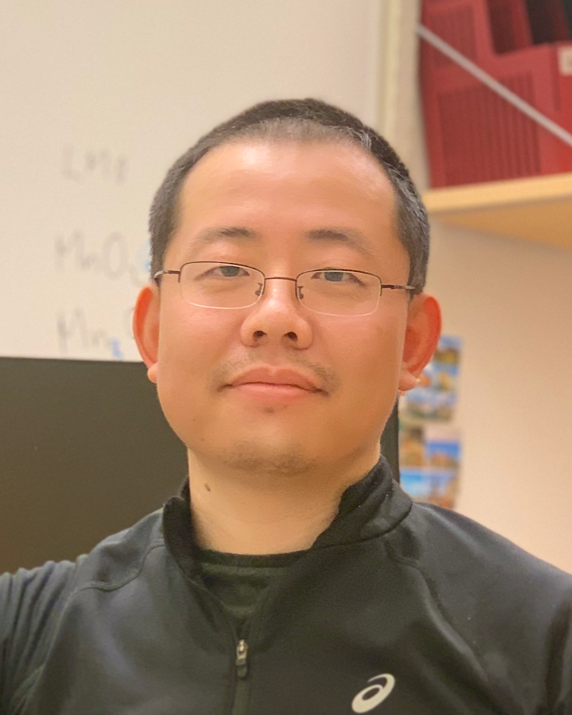Read the new collection for free in Nanoscale Advances
We are delighted to introduce our new Nanoscale Advances themed collection focusing on Carbon nanomaterials for smart applications!
Guest Edited by Yeye Wen (Beijing Institute of Technology, China), Zhenyuan Xia (Chalmers University of Technology, Sweden) and Muqiang Jian (Beijing Graphene Institute, China)
Carbon nanomaterials with interesting properties have become more easily accessible with rapid research progress in the field, leading to their increasingly widespread use for materials development and applications. This themed collection broadly focuses on carbon nanomaterials for smart applications.
All papers are open access and free to read. A selection of the papers are featured below:
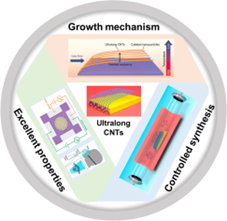 |
Controlled synthesis, properties, and applications of ultralong carbon nanotubes Kangkang Wang, Fei Wang, Qinyuan Jiang, Ping Zhu, Khaixien Leu and Rufan Zhang Nanoscale Adv., 2024, 6, 4504-4521. DOI: 10.1039/D4NA00437J |
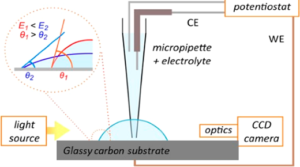 |
Electrowetting on glassy carbon substrates Sittipong Kaewmorakot, Athanasios A. Papaderakis and Robert A. W. Dryfe Nanoscale Adv., 2024, 6, 5441-5450. DOI: 10.1039/D4NA00506F |
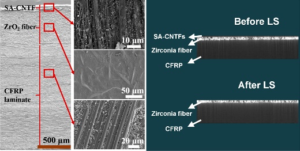 |
Advanced lightweight lightning strike protection composites based on super-aligned carbon nanotube films and thermal-resistant zirconia fibers Mingquan Zhu, Peng Zhang, Feng Gao, Yunxiang Bai, Hui Zhang, Min Zu, Luqi Liu and Zhong Zhang Nanoscale Adv., 2024, 6, 4858-4864. DOI: 10.1039/D4NA00392F |
We hope you enjoy reading this themed collection!
Did you know?
At Nanoscale Advances, our themed collections are built by collaboration between our Guest Editors and expert Associate Editors. Our Guest Editors guide the scope and curate the contributions in our collections, but all submissions are handled through peer review by our team of resident Associate Editors. This means that as an author you receive a consistent experience, and as a reader you can trust the quality of the science being presented.
If you have an idea for a topical collection in your research field, we’d love to hear from you! Get in touch here.















